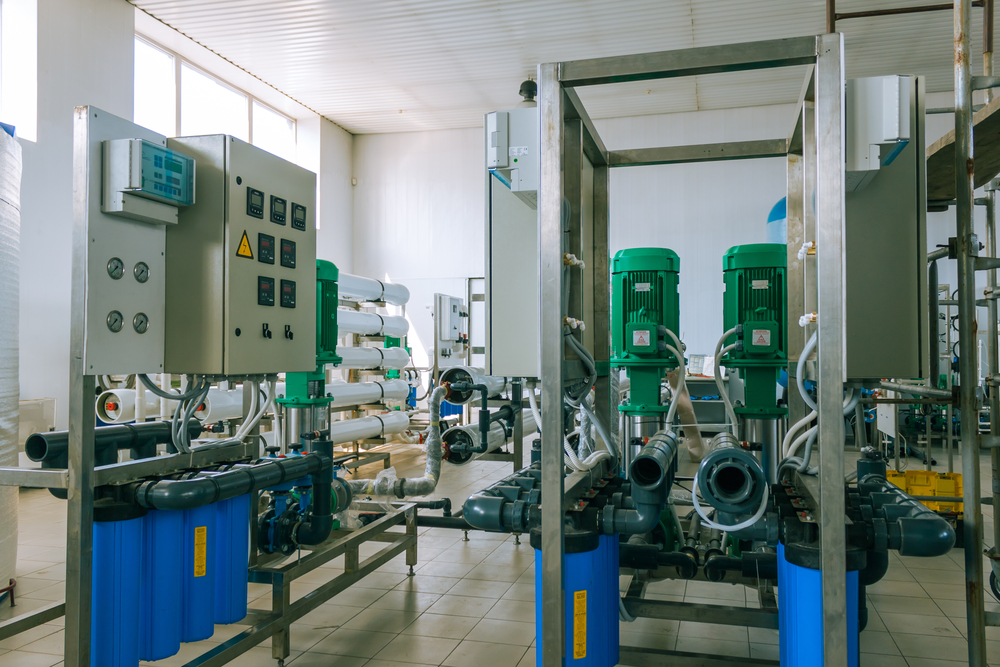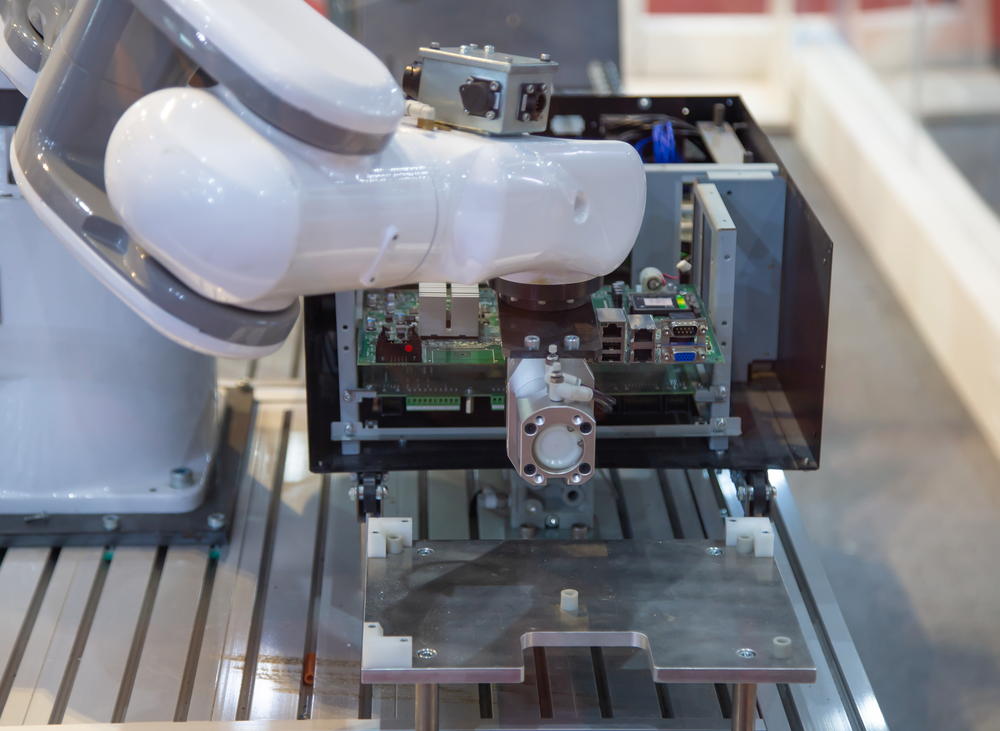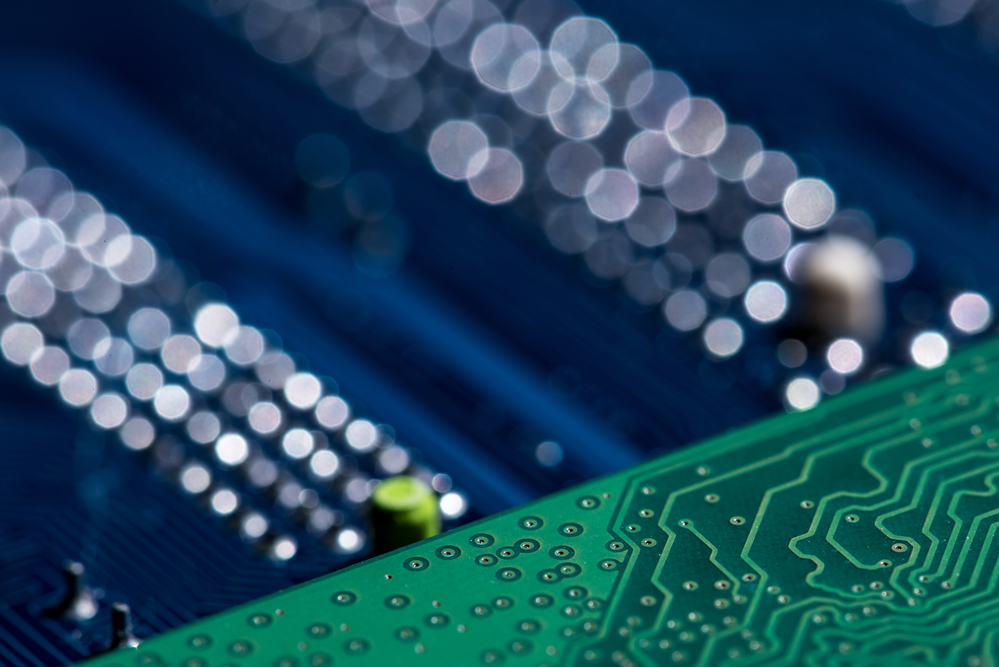Industrial Internet of Things could increase mining revenues by an average of $154 million

A new report has revealed that Industrial IoT could boost mining revenues by more than $100 million.
Inmarsat, a leading provider of global mobile satellite communications services, has launched a recent study into the impact of the Internet of Things (IoT) could have on the mining industry.
In the report, it has been revealed that Industrial Internet of Things (IIoT) could increase mine company revenues by around 10% over the next five years.
The report, the 2018 edition of Inmarsat’s research programme into IIoT trends – ‘IIoT on Land and at Sea’ – for which market research specialist Vanson Bourne surveyed 750 businesses with a combined turnover of $1.16trillion from across the globe. Respondents were drawn from a wide range of industries, including the agriculture, energy, maritime, mining and transport sectors.
Paul Gudonis, President, Inmarsat Enterprise, said: “IIoT is emerging as a major force in the modern enterprise and it’s clear that businesses are prioritising satellite technology to transform their operations and achieve competitive advantage. Data generated by IIoT infrastructure is expected particularly to bring greater transparency to the global supply chain, allowing businesses to automate processes, reduce operational waste and speed up rate of production, leading to higher revenues and lower costs”.
“However, many businesses are struggling with security, skills and connectivity challenges in large scale IIoT deployments. Over half (56 per cent) require additional cyber-security skills and 34 per cent don’t yet have access to the connectivity they need. For global businesses that require a global communications network, satellite connectivity will play a key role, guaranteeing constant secure data transmission wherever their IIoT infrastructure is located,” he concluded.





